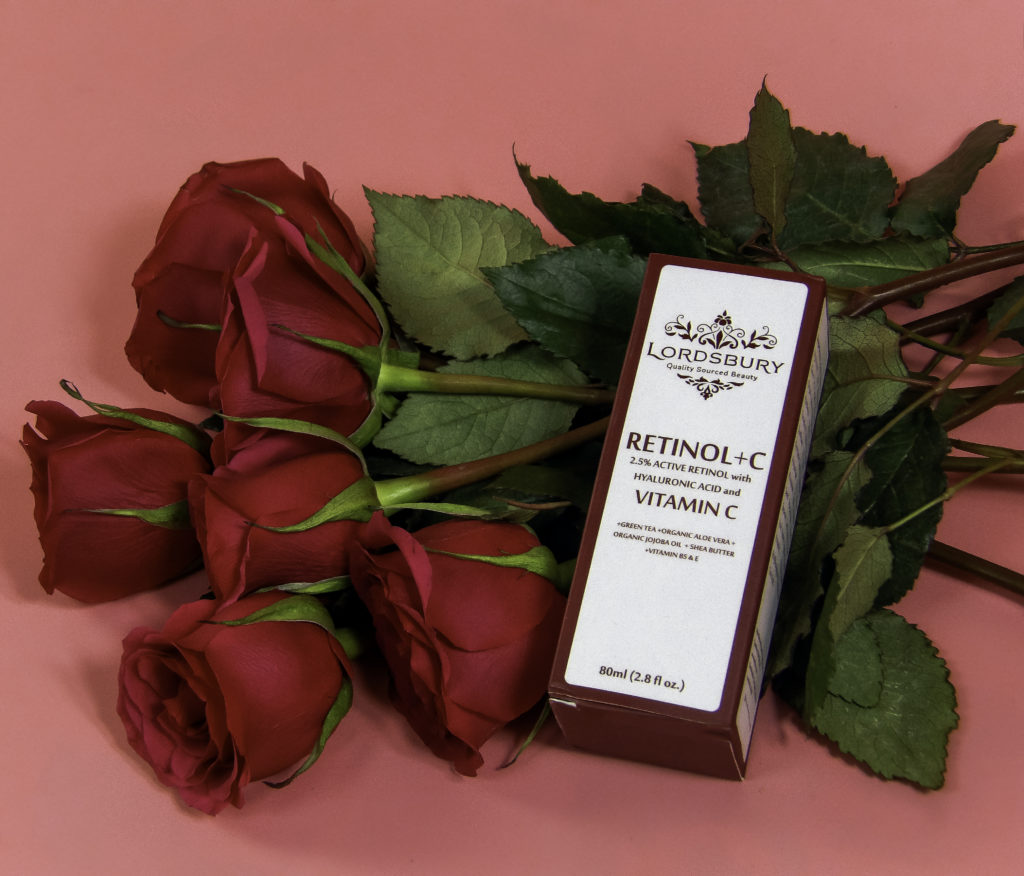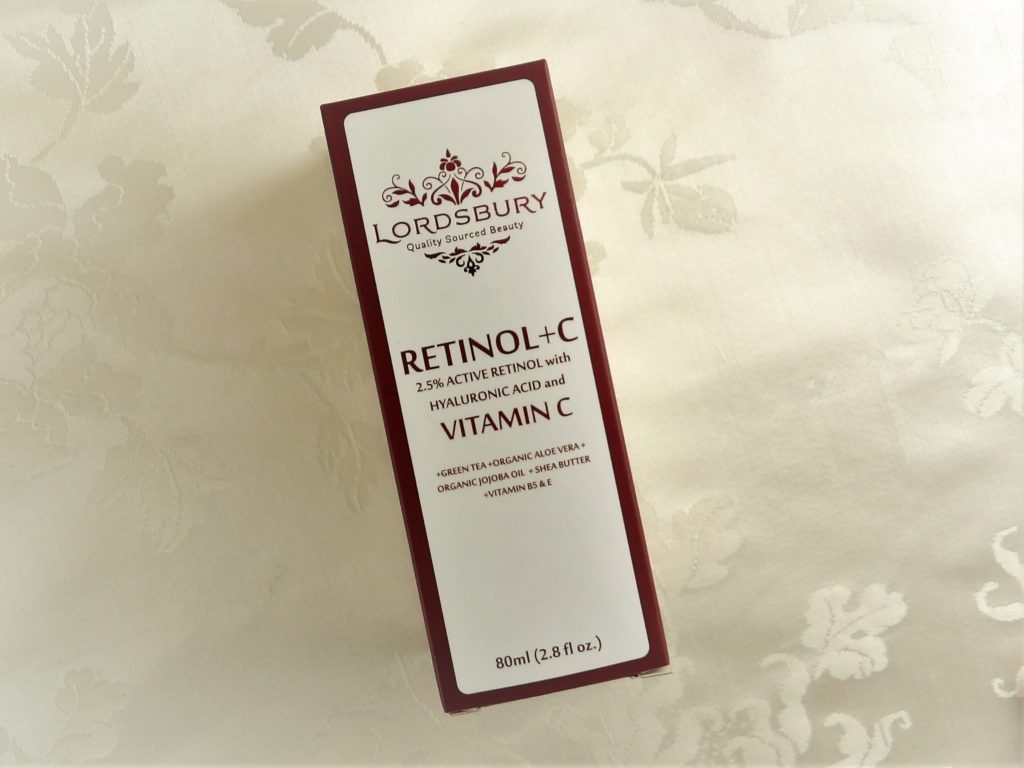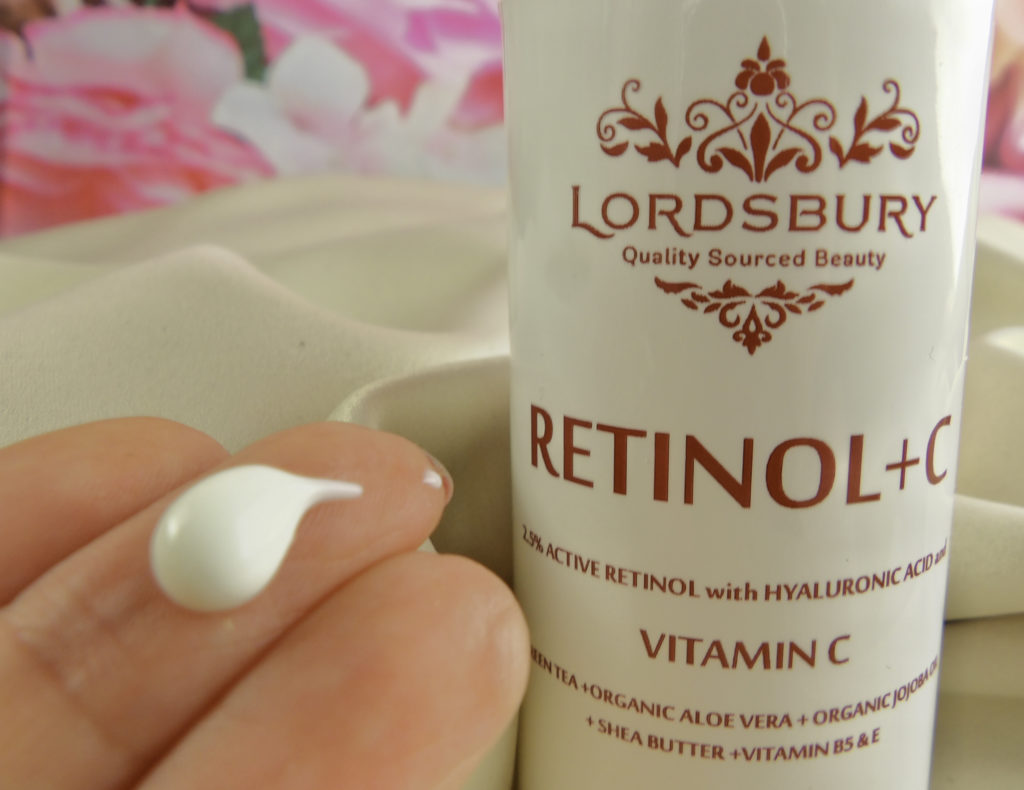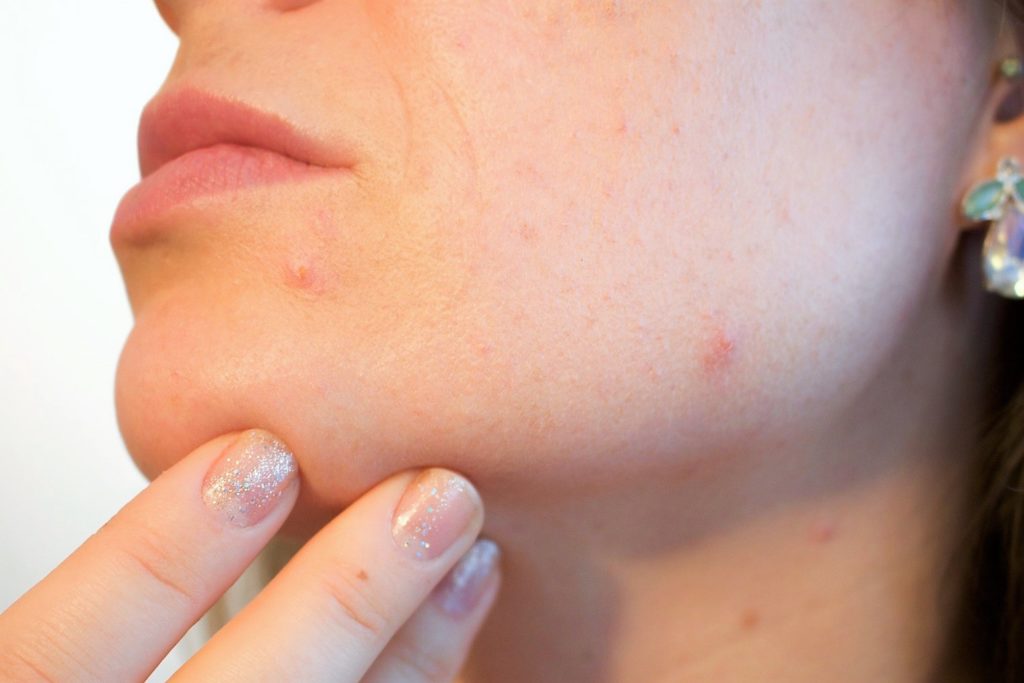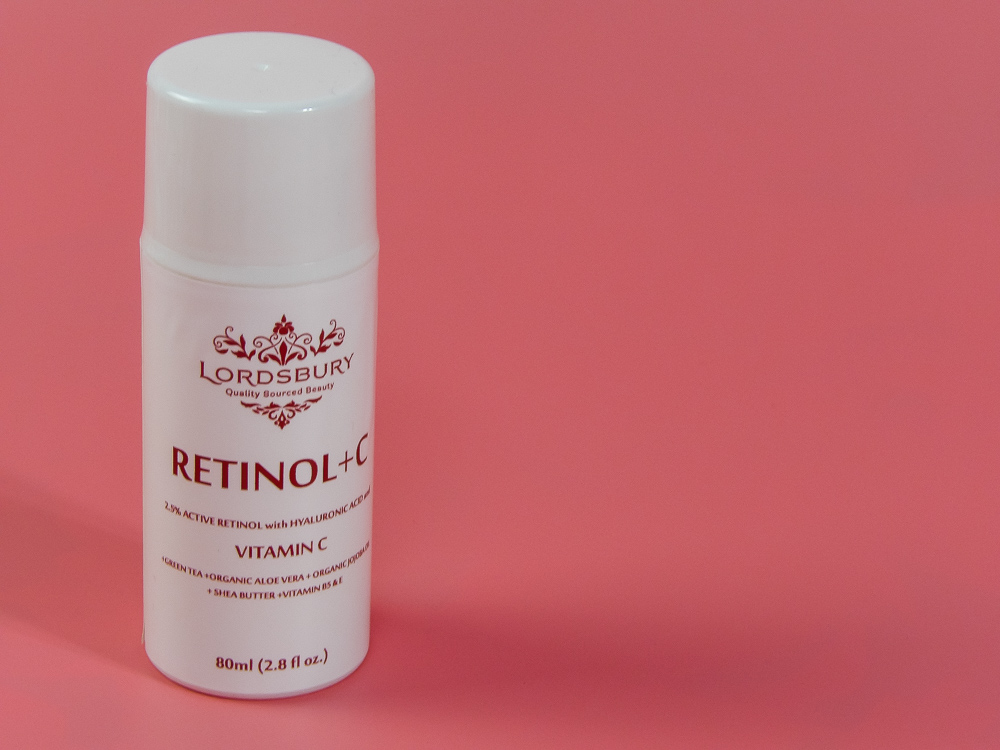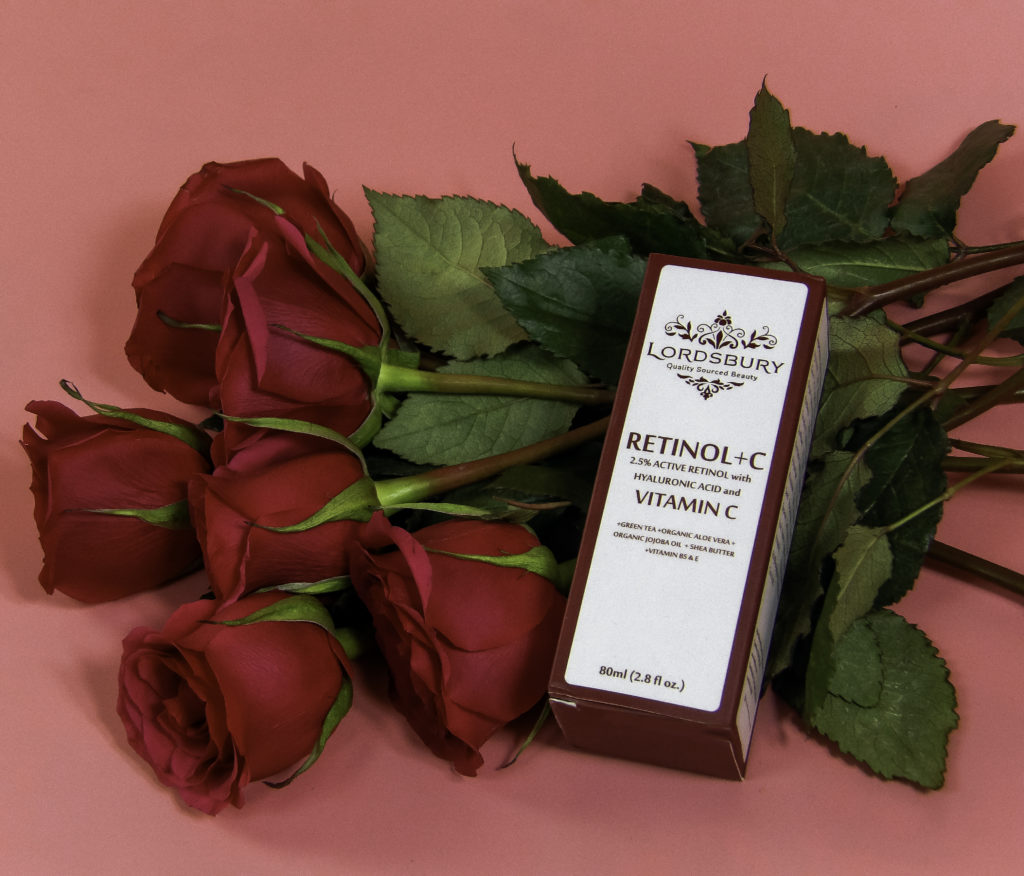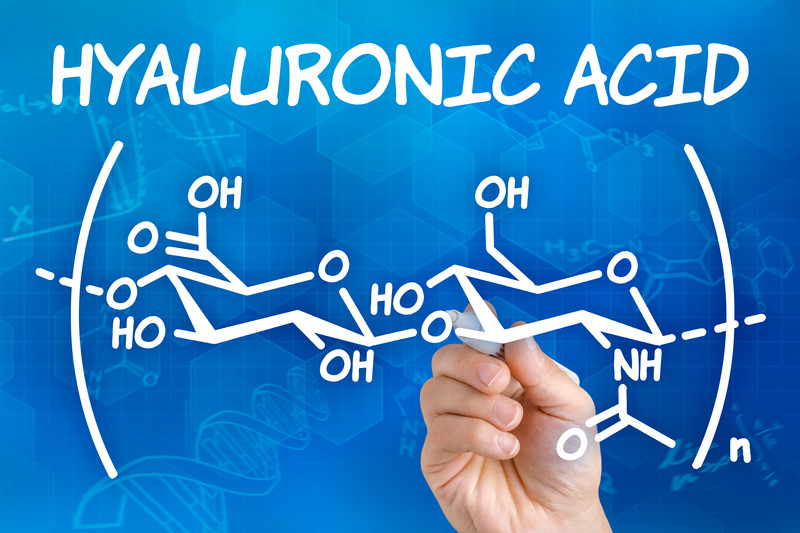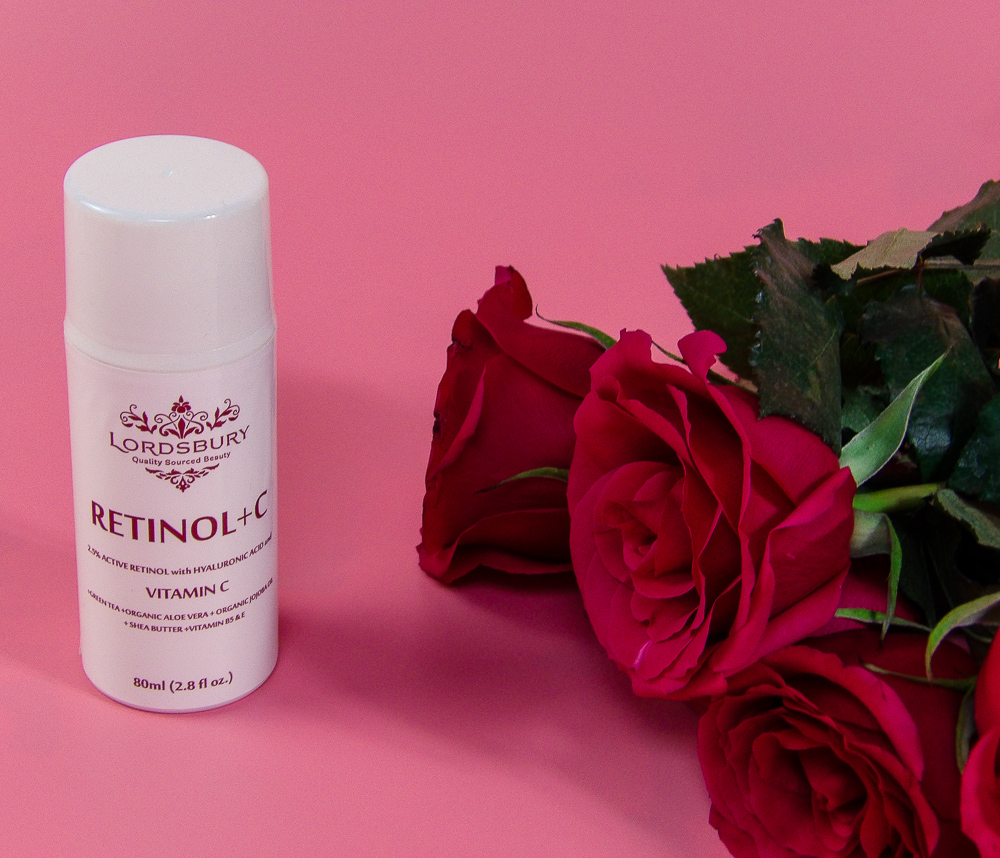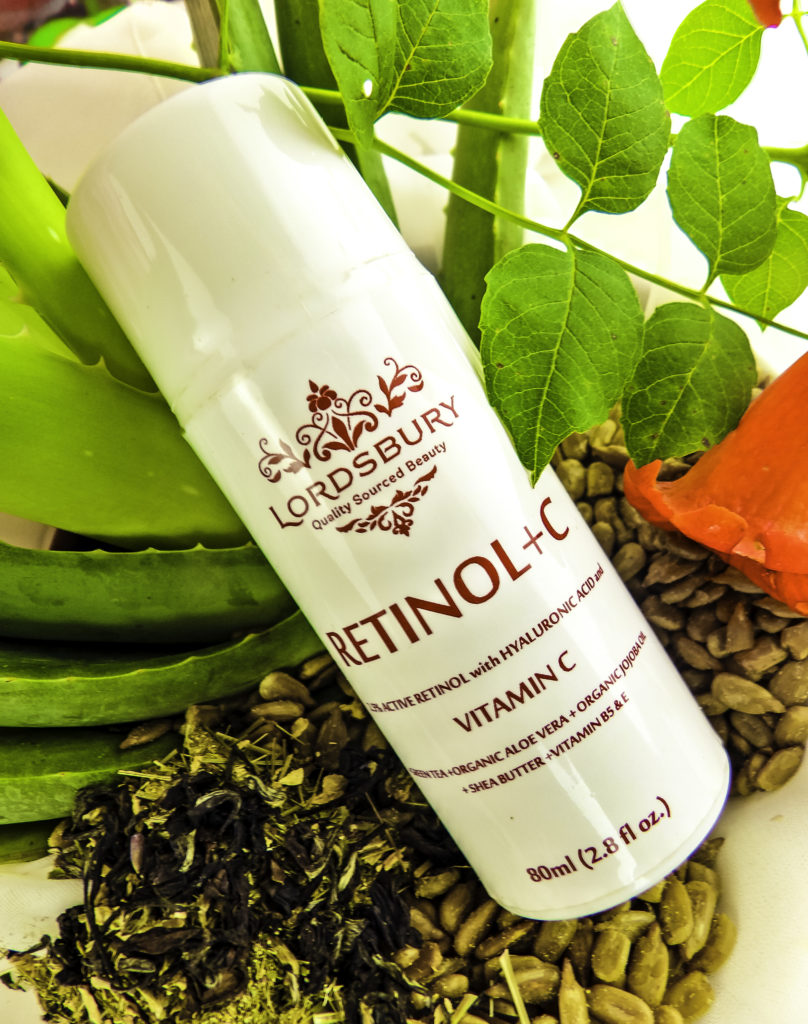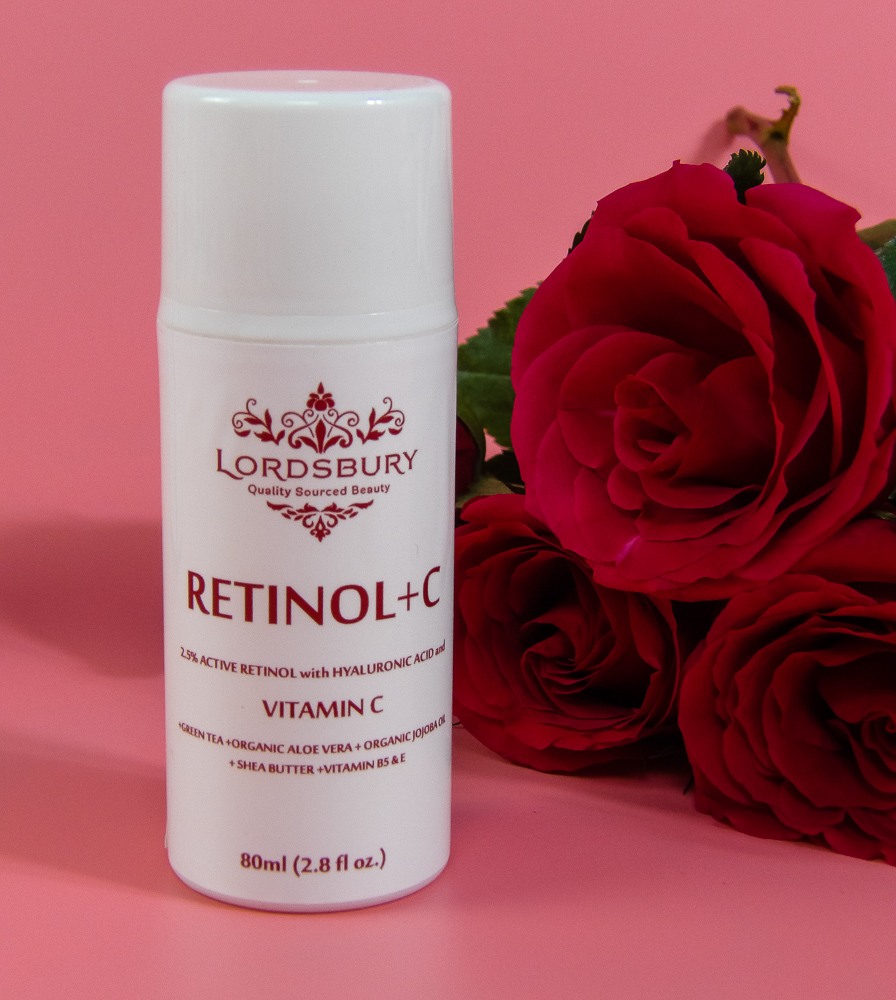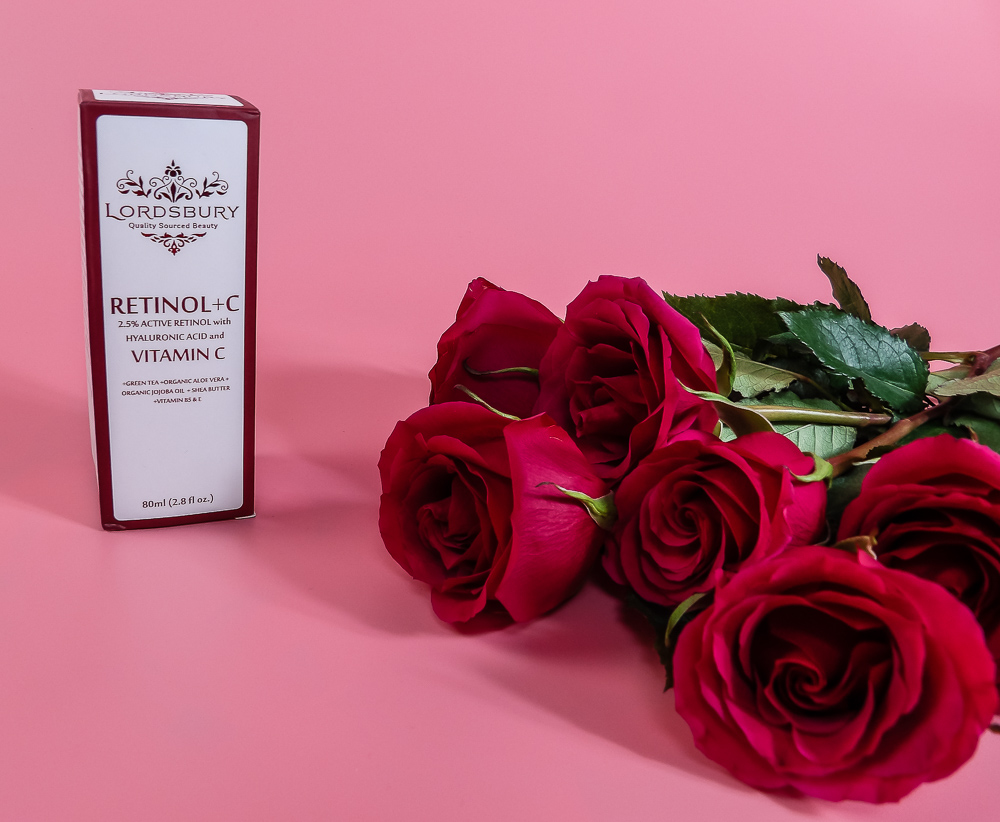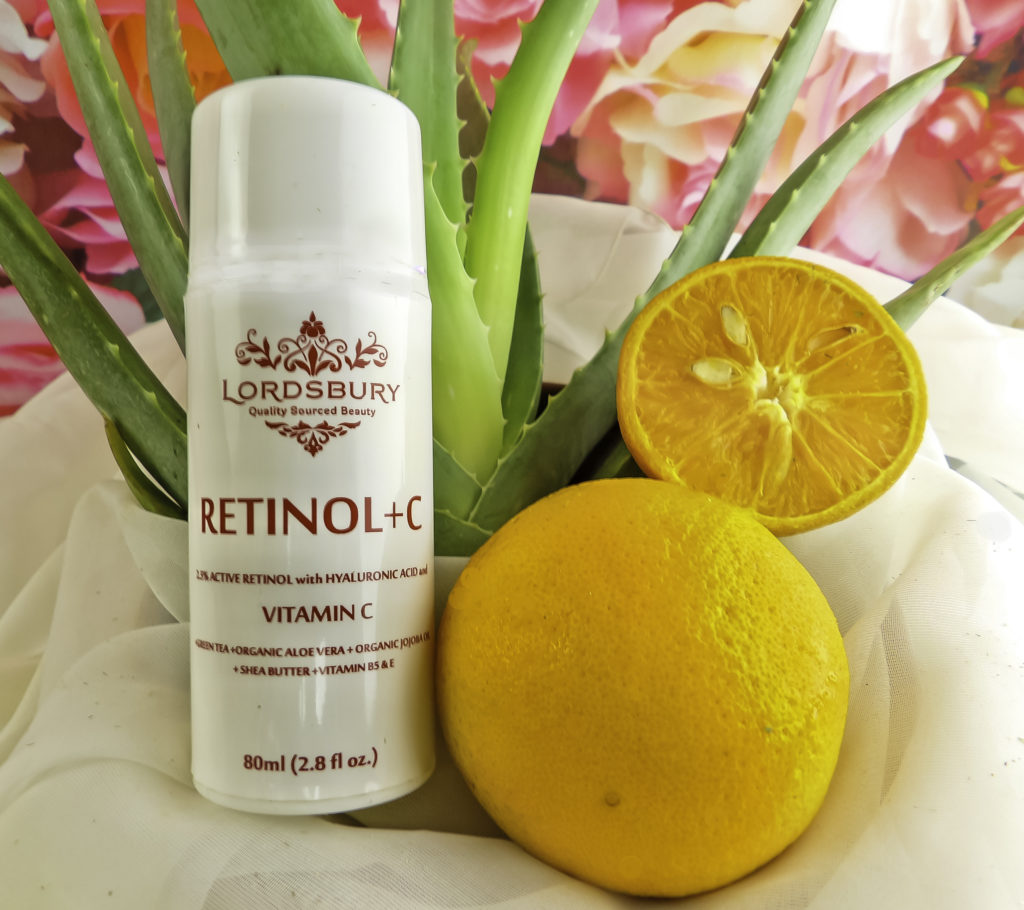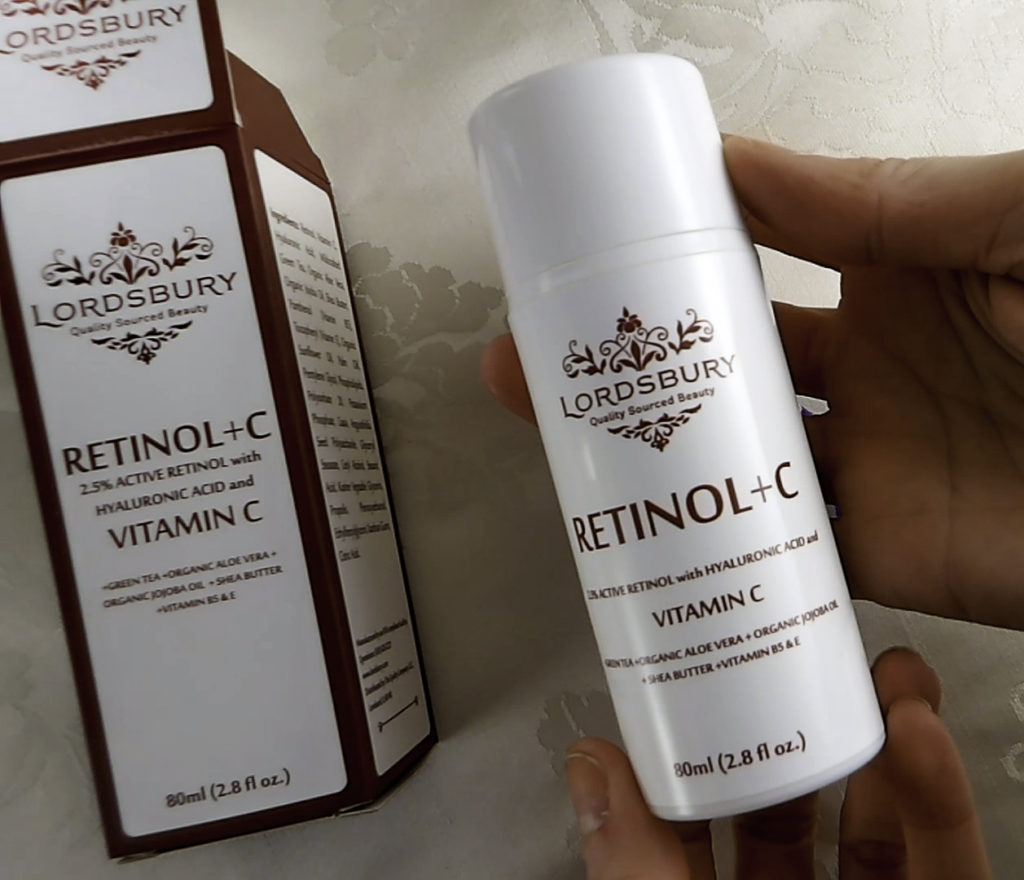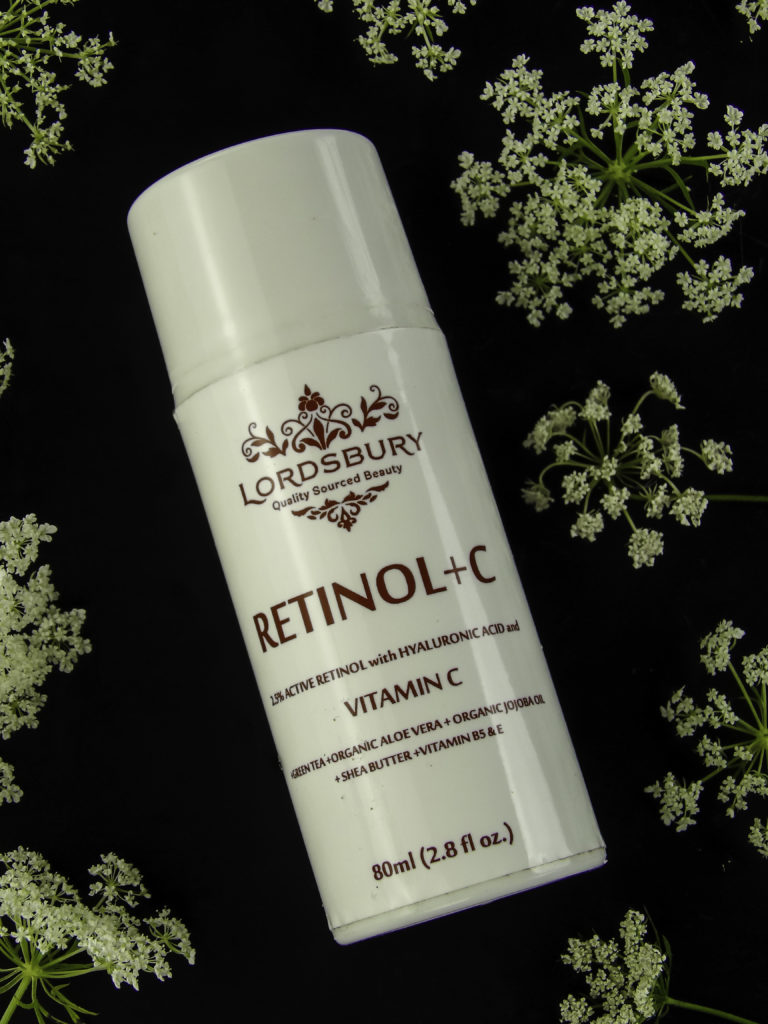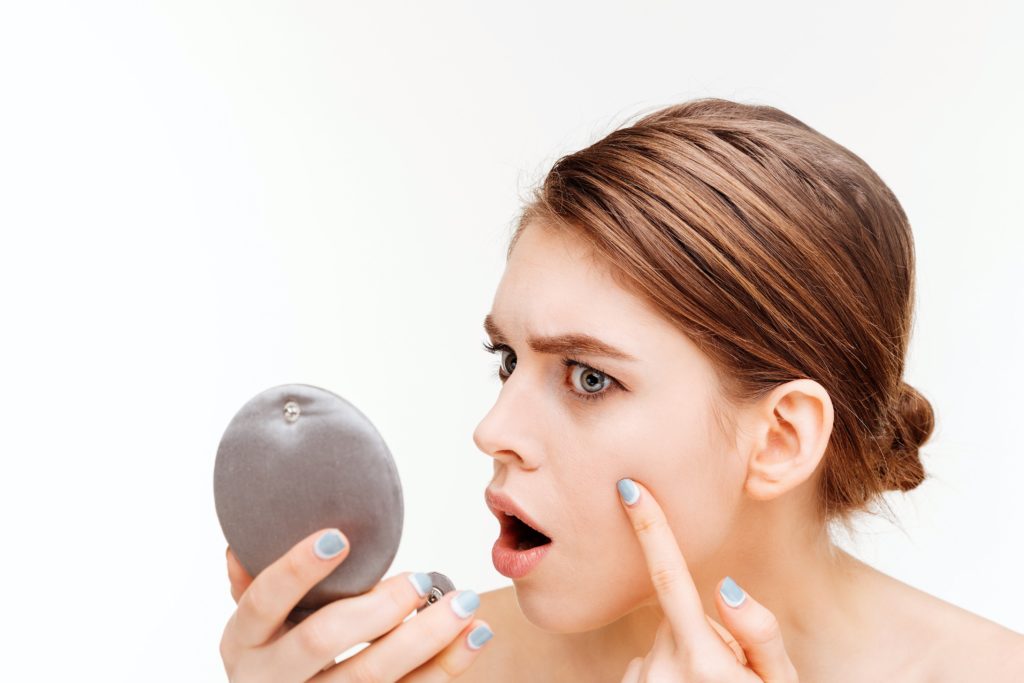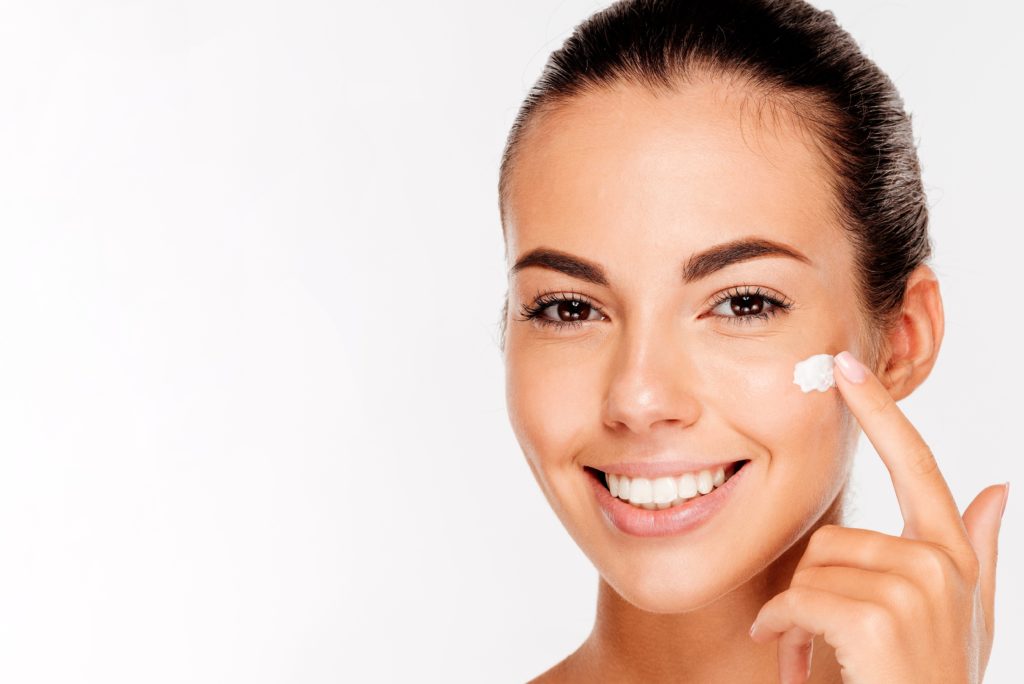Which is better, over the counter Retinol products or prescription Retinol? It depends. Several factors go into this decision. We’ve tried many prescription and Retinol products at a variety of price points and report on the best features of each so you don’t have to live through Retinol trial and error. To determine the best Retinol product plan for your needs, ask yourself the questions below.
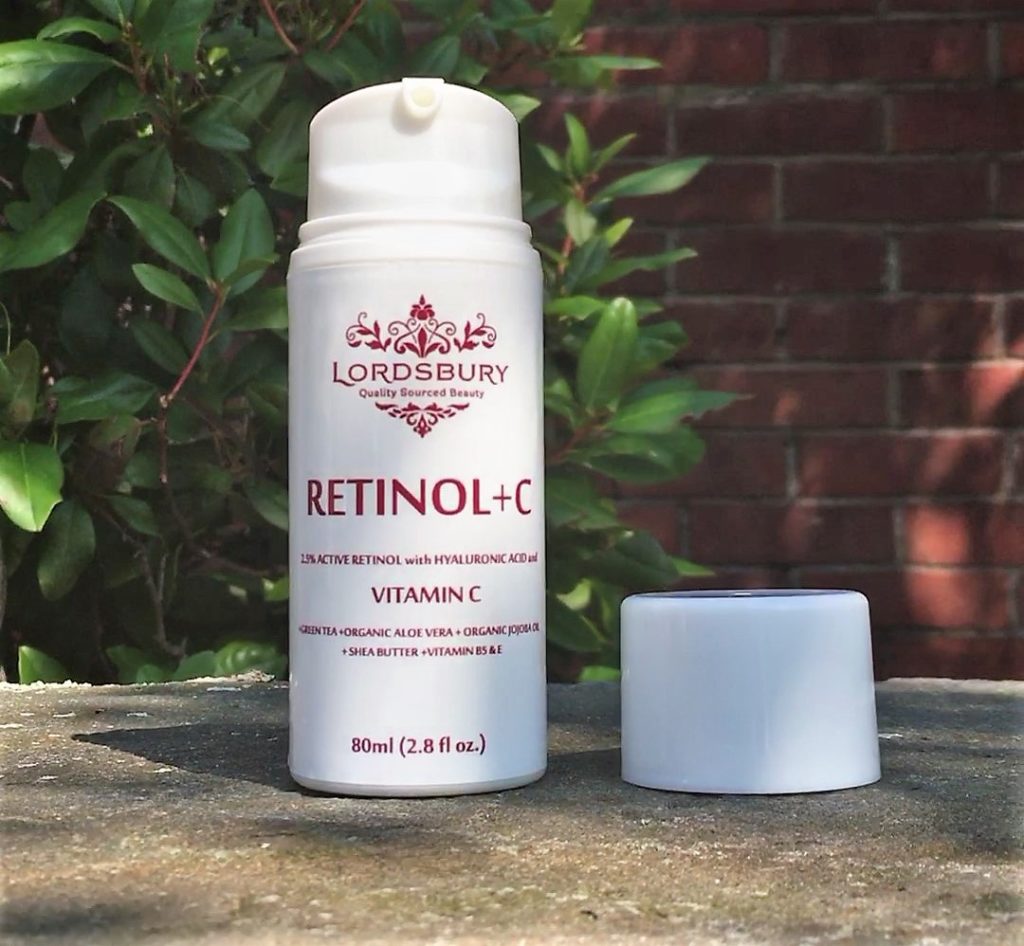
Lordsbury Retinol+C Cream Moisturizer contains a prescription strength 2.5% pure Retinol without a prescription or doctor’s visit
RETINOL HAS A BACKSTORY
Retinol is an absolute game-changer for many skin conditions ranging from acne to sun damage, scarring, discoloration, as well as wrinkles. Retinol, which in prescription form goes by the name Retin-A, comes in cream and gel forms. In the way, way back, Retinol was only available by prescription for severe acne, and in its’ original form, it wasn’t a pretty process. People tolerated the peeling, itching, irritation, drying and redness for months, waiting for acne-free skin to emerge. And eventually, it did. Meanwhile, many people noticed scars, wrinkles and age spots also disappeared. People wanted Retinol for anti-aging, not just acne.
Now Retinol is readily available, so available that it’s difficult to know what to seek in a Retinol product. Key areas to examine are cost, the percentage of Retinol, ability to tolerate the product and its’ active ingredients, buffering capabilities and ease of use.
Consider the following when selecting a Retinol:
COST
Prescription Retinol brand name and generics are expensive, often $100-150 a tube. Insurance may cover this if you are under 35, but often only for the treatment of acne when prescribed by a dermatologist. If your insurance plan covers Retinol for free or the cost of a co-pay, this could be less expensive than purchasing an over the counter Retinol product.
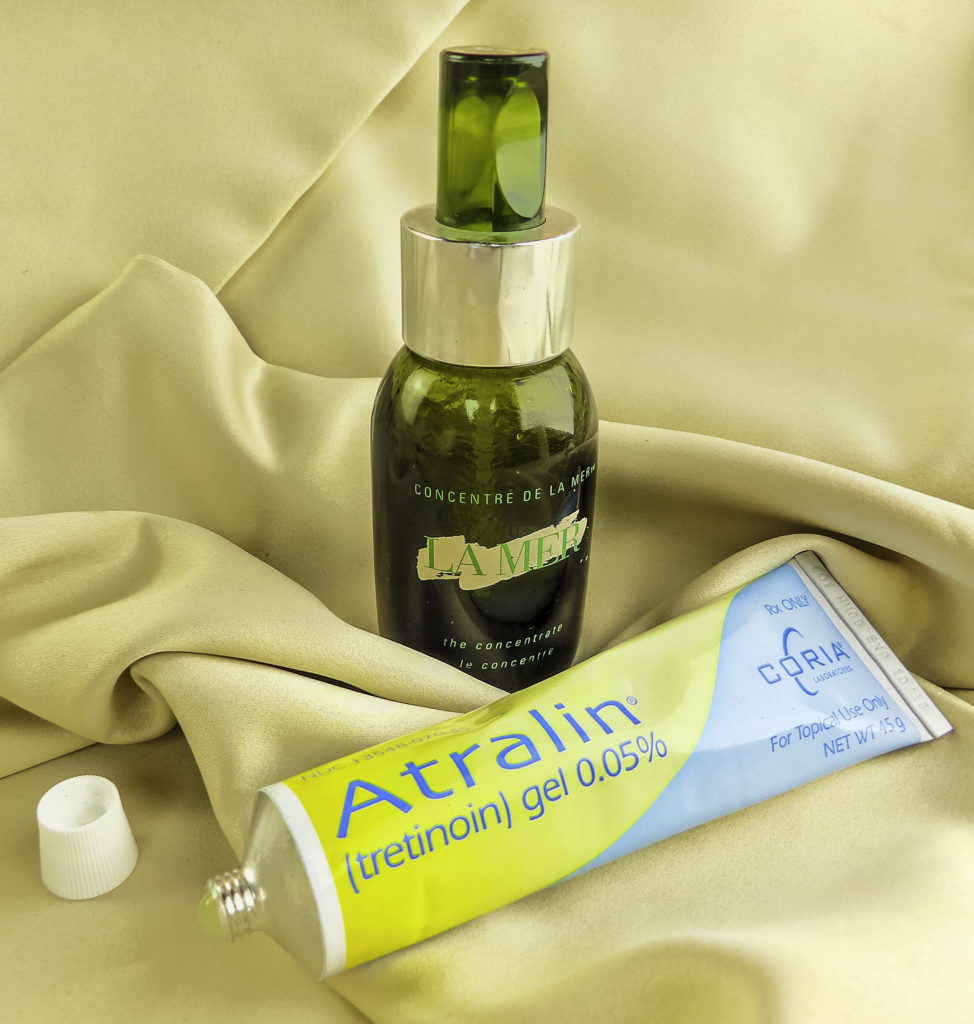
Prescription Retinols can cost as much as luxury skincare products and often require powerful moisturizers to buffer its’ irritating effects.
HOW MUCH RETINOL IS IN THE PRODUCT?
When purchasing a retinol, a good place to start is 2.5% retinol within the product. More than that can be too irritating without much extra benefit, less than that won’t accomplish much. Many drugstore creams and lotions contain some retinol, but not as much as 2.5%. Some doctors only prescribe Retinol in very low doses, which won’t provide much of a beauty boost. Some prescriptions are too much at 5%, which can irritate all but the hardiest of skin. Prescriptions above the 2.5% range best serve those with severe acne, not those with wrinkles or photodamaged skin.
WHAT ARE THE OTHER ACTIVE INGREDIENTS & DO THEY HELP OR IRRITATE MY SKIN?
Retinol does a great deal for skin, but it can also give a pretty nasty accidentally self-imposed chemical peel, and the results are not pretty. It’s easy to give oneself an accidental Retinol chemical peel, because skin starts looking so good, that it is tempting to apply just a bit more. This works for a few days or weeks, until suddenly it doesn’t, and your face goes from looking dewy and younger to looking like a bad, bad, bad sunburn.
Even if you only use the prescribed amount of Retinol, skin becomes more sensitive to Retinol after about two weeks. The reason is now the old, dead skin layer is sloughed off, but the new skin is more delicate. Yet the same amount of Retinol is being applied to the skin, and that new skin isn’t ready to exfoliate yet. So instead, it becomes red and irritated. Some prescription Retinols come with a creamy base, such as Renova. This creamy base makes the skin surface seem flake-free and dewy, but underneath Retinol is still Retinol, and the skin can suddenly appear red and chapped.
BEST PRACTICES: HOW TO NOT BURN YOUR SKIN WITH RETINOL
The key to avoiding burning yourself with Retinols, prescription or over the counter, is buffering. To buffer either apply moisturizer first (if you’re very sensitive) or after applying Retinol, and don’t skimp. Buffering allows for the maximum frequency of Retinol use per week. If you still can’t tolerate the peeling and dry skin, apply Retinol for twenty minutes to an hour, then wash it off before bed. This way you at least get some Retinol benefits.
But ideally, your Retinol product comes with built-in buffering moisturizers. We like Lordsbury Retinol+C Cream Moisturizer because it is SO emollient without being greasy. In fact, it’s gentle enough to use twice a day every day without redness, irritation or dry, flaky peeling. You won’t have to take days off Retinol use due to over-doing it, but it still packs a powerful 2.5% Pure Retinol.
EASE OF USE
Even if your insurance covers Retinol, the added ingredients in Lordsbury Retinol+C Cream Moisturizer make it an all-in-one product: Retinol plus Vitamin C serum plus moisturizing buffer cream in one easy to apply bottle. No need to wait for the Retinol to dry down before applying moisturizer in the morning or being left sticky by a Vitamin C serum. A product that has everything in one makes skincare much easier.
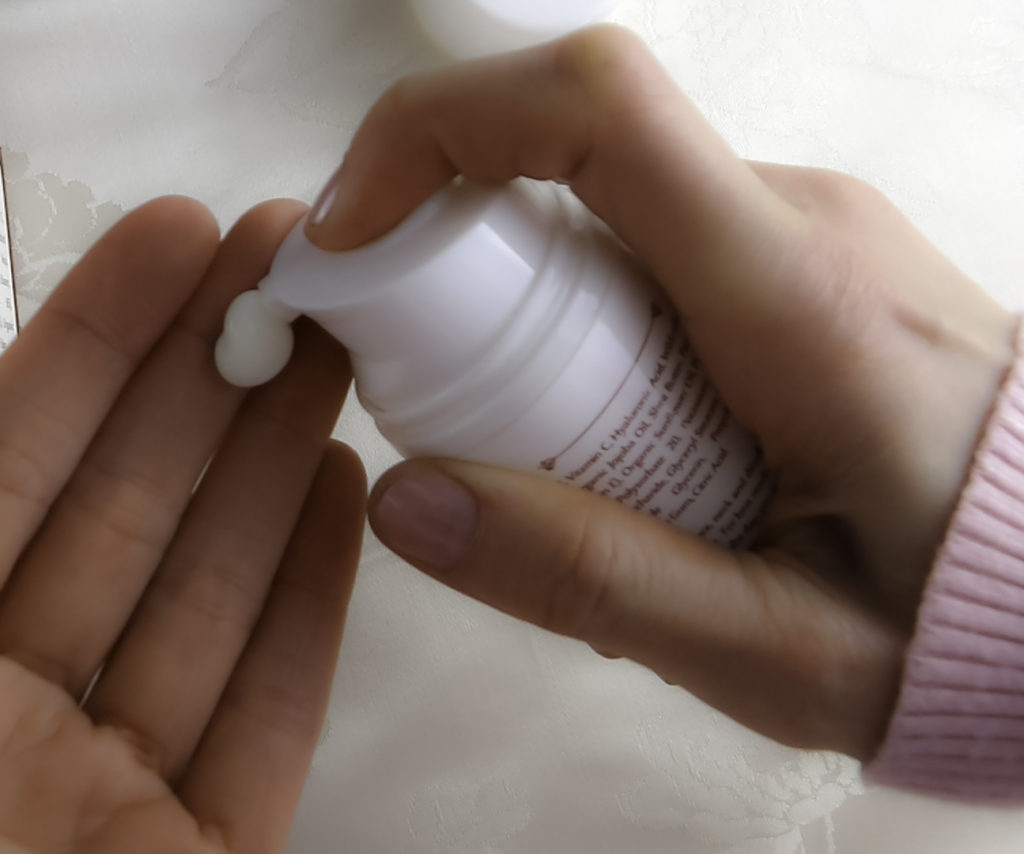
One pump of this 3-in-1 product is all you need to meet your Retinol, Vitamin C and moisturizing needs
PRODUCT PICK:Â WHY WE LIKE LORDSBURY RETINOL+C CREAM MOISTURIZER
Lordsbury Retinol+C Cream Moisturizer combines the power of a prescription 2.5% pure Retinol with Vitamin C, Hyaluronic Acid, and several natural moisturizing agents that make it gentle enough to use twice a day with no irritation, peeling or redness. The Aloe Vera, Jojoba, Green Tea and Shea Butter nourish the skin while buffering. It dries down without being sticky, greasy or leaving a film-like residue, make-up and sunscreen can go directly over the cream. Lordsbury Retinol+C Cream Moisturizer also comes at an outstanding price point in a generous 2.8-ounce pump bottle.
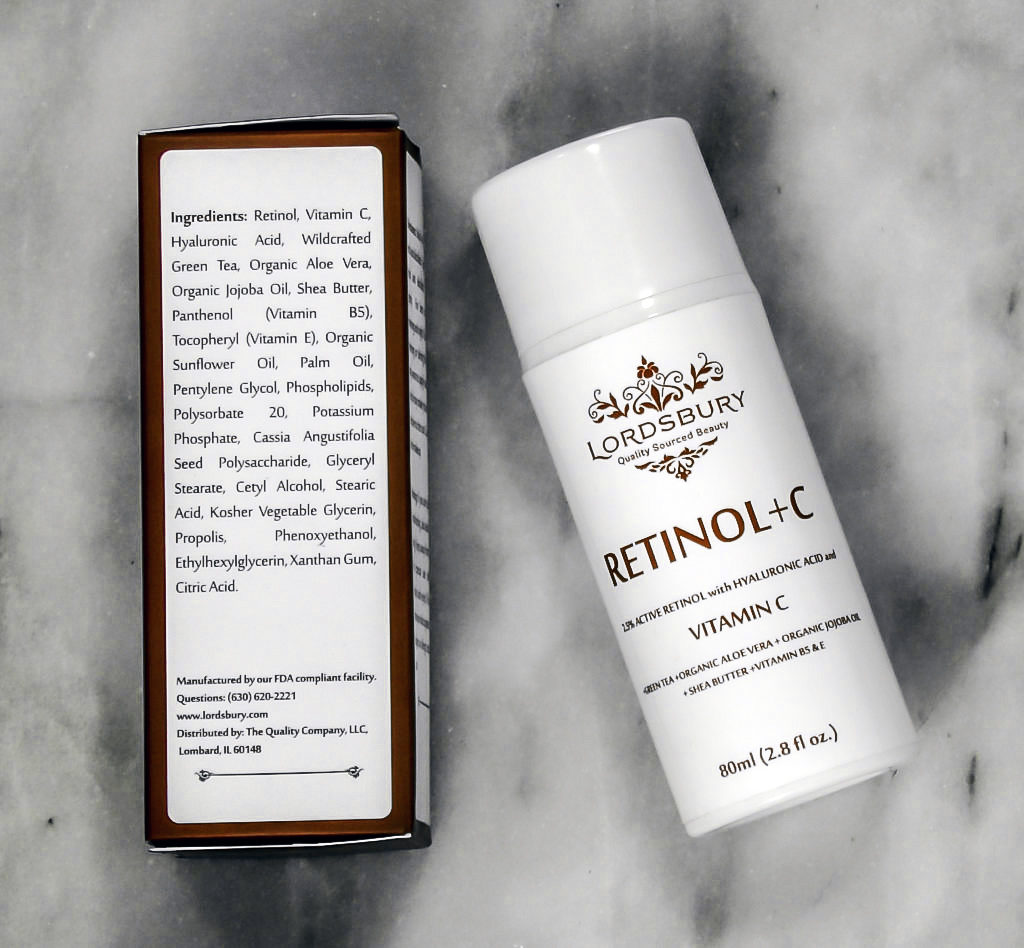
Lordsbury Retinol+C Cream Moisturizer contains prescription strength Retinol plus Vitamin C along with Jojoba, Vitamin C, and Aloe Vera to soothe irritated skin
WHERE TO FIND IT
Find Lordsbury Retinol+C Cream Moisturizer at Amazon here:
https://www.amazon.com/dp/B01M3PSEQX/ref=as_li_ss_tl?ie=UTF8&linkCode=ll1&tag=lordsbury-20&linkId=80ce0c85b497e19a5480f6b096cc3147
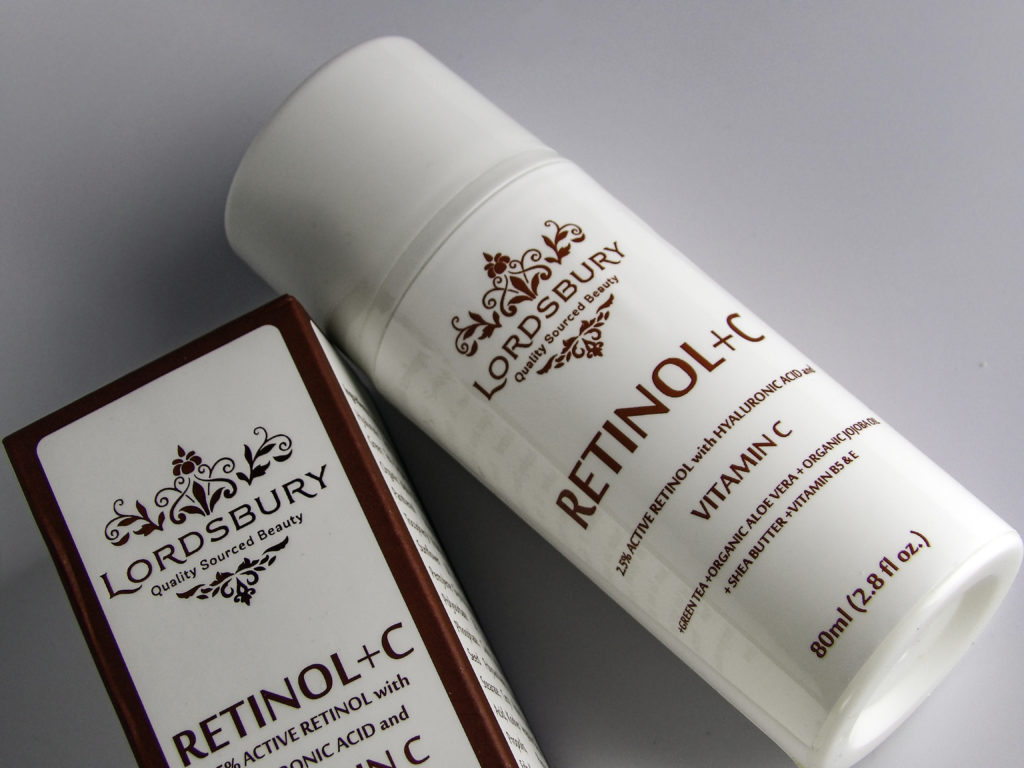
Lordsbury Retinol+C Cream Moisturizer for the strength of a prescription Retinol for less than the cost of a Vitamin C serum
Style Chicks received Lordsbury Retinol+C Cream Moisturizer in exchange for our unbiased review and received compensation for our time and effort. However, our experience with the product and the opinions expressed in this review are 100% ours.
